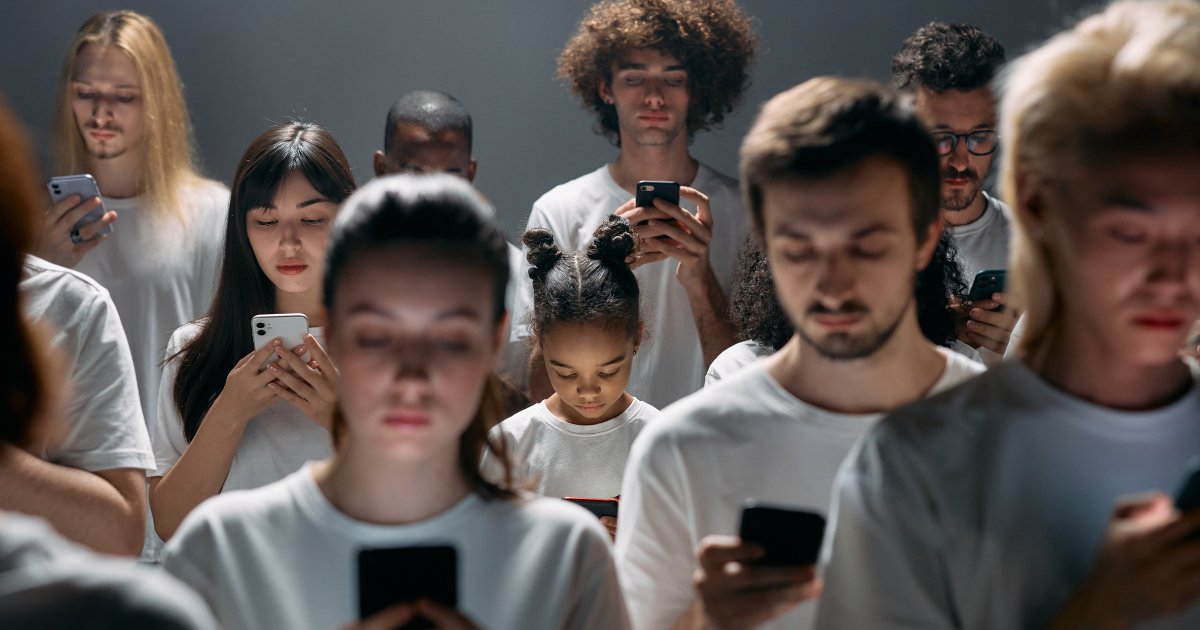How Digital Habits Are Changing The Way We Communicate
Are we losing the art of conversation? How many times have you sat in a café, looked around, and noticed how many people are focused on their mobile phones, even when they are with friends or family? This growing trend raises an important question: what effect is this having on our communication skills?
Why Face-to-Face Connection Matters
Communication is far more than a digital message. In person, we receive a rich mix of verbal and non-verbal cues that help us understand emotion, intention and context. These include facial expressions, body language, posture, eye contact, tone of voice and even how someone uses space.
This deeper level of connection supports trust, clarity and emotional safety. We are more likely to pick up on subtle signals, such as dishonesty or discomfort. In contrast, these clues are often lost in digital conversations. A message sent by text or social media may be misunderstood without the added meaning that tone, timing and facial expressions provide.
When Communication Becomes Confused
With digital messaging, intent can easily be misread. The absence of spelling, grammar and punctuation can cause further confusion, and without body language to guide us, messages may come across as blunt, impersonal or cold.
Some people who are shy in real life may feel more confident online, where anonymity removes the risk of real-life consequences. This shift can make it easier to say things that might not be spoken face to face. For some, it even becomes a way of living through others rather than building their own experiences.
The Impact On Children And Relationships
There are social and emotional risks to over-relying on digital connection. Children learn how to communicate by observing adults. If those around them are always looking at screens, what do they learn about meaningful interaction?
Having a phone in hand or nearby during conversations suggests that any notification could take priority over the people we are with. This can weaken our relationships and limit emotional closeness.
In personal relationships, overuse of messaging can lead to anxiety and insecurity. Waiting for replies creates tension that would not exist in a real-time conversation. The ability to track or monitor someone digitally can feed mistrust or even obsessive behaviour. When relationships end, digital contact can prolong emotional distress.
Creating Healthier Habits
We cannot go back to a time when conversations happened only via a landline in the hallway. But we can choose to put some boundaries in place. For example, phones could be set aside at the dinner table, allowing time for uninterrupted conversation.
Children in particular benefit from eye contact, shared attention and real interaction. Adults too can feel more grounded and present by setting time aside away from screens.
Simple changes such as taking a walk, sitting down for a face-to-face chat, or setting device-free hours can reduce anxiety and improve overall wellbeing.
Reconnecting With The Real World
When we talk about connection, we often mean digital access. But emotional connection thrives in real life, where tone, presence and empathy can be fully expressed.
In solution-focused hypnotherapy, clients often explore ways to strengthen communication, reduce social anxiety, and feel more confident in real-world interactions. Small changes in daily habits can lead to better relationships and improved mental wellbeing.
It may be helpful for us all if ‘talking’ once again meant sitting down, looking someone in the eye, and having a true conversation.

